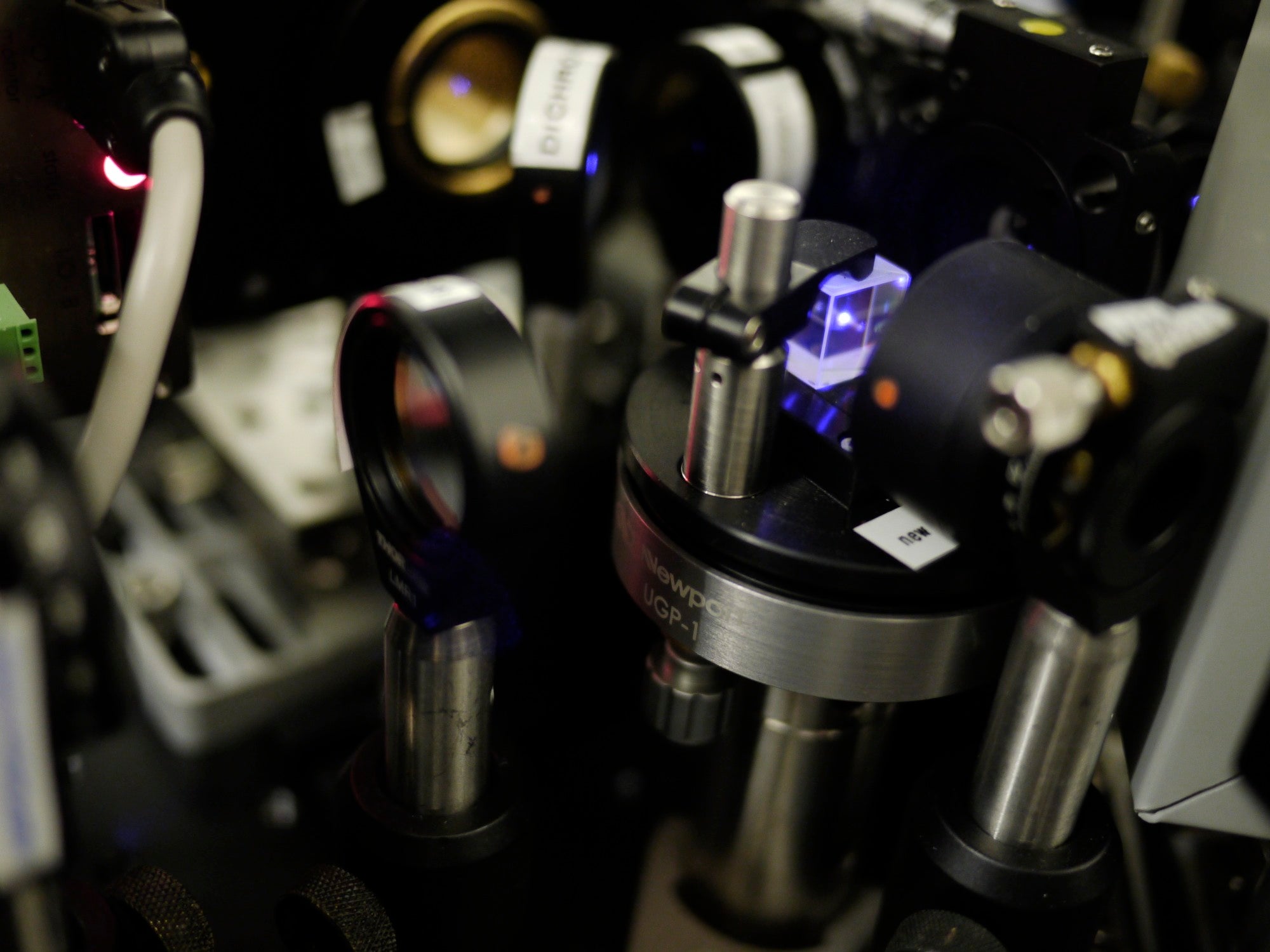Monday, November 26, 2012
Researchers at the University of Waterloo and the University of Calgary have carried out an experiment, using the quantum properties of three particles of light, that could provide new insights into the philosophical arguments by Einstein about the foundations of quantum mechanics.

Seventy-seven years after EPR's landmark work, researchers at the Institute for Quantum Computing at the University of Waterloo and at the University of Calgary have experimentally extended the original ideas of Einstein and his colleagues from two to three entangled particles. This new form of three-particle entanglement, based on the position and momentum properties of photons, may prove to be a part of future communications networks that operate on the rules of quantum mechanics and could lead to new fundamental tests of quantum theory that deepen our understanding of the world around us.
As described in their paper published in Nature Physics, the researchers created quantum correlations between three photons from a single input photon. "It is exciting, after all this time, to be able to create, control, and entangle quantum particles in this new way,” says group leader Thomas Jennewein. “Using these states of light it may be possible to interact with and entangle distant quantum computer memories based on exotic atomic gases." Unlike classical particles, quantum particles work together as opposed to individually. The creation of three entangled particles could lead to new advances in quantum devices development.
The next step for the researchers is to try to combine the three quantum particles with traditional types of entanglement. This tripartite entanglement could allow for the creation of hybrid quantum systems that combine multiple unique properties of light at the same time. According to Christoph Simon from the University of Calgary, "This work opens up a rich area of exploration that combines philosophy, quantum mechanics, and quantum technologies. The powerful insights by Einstein and his co-workers in 1935 are still informing the way we understand the world around us."
Media Contact